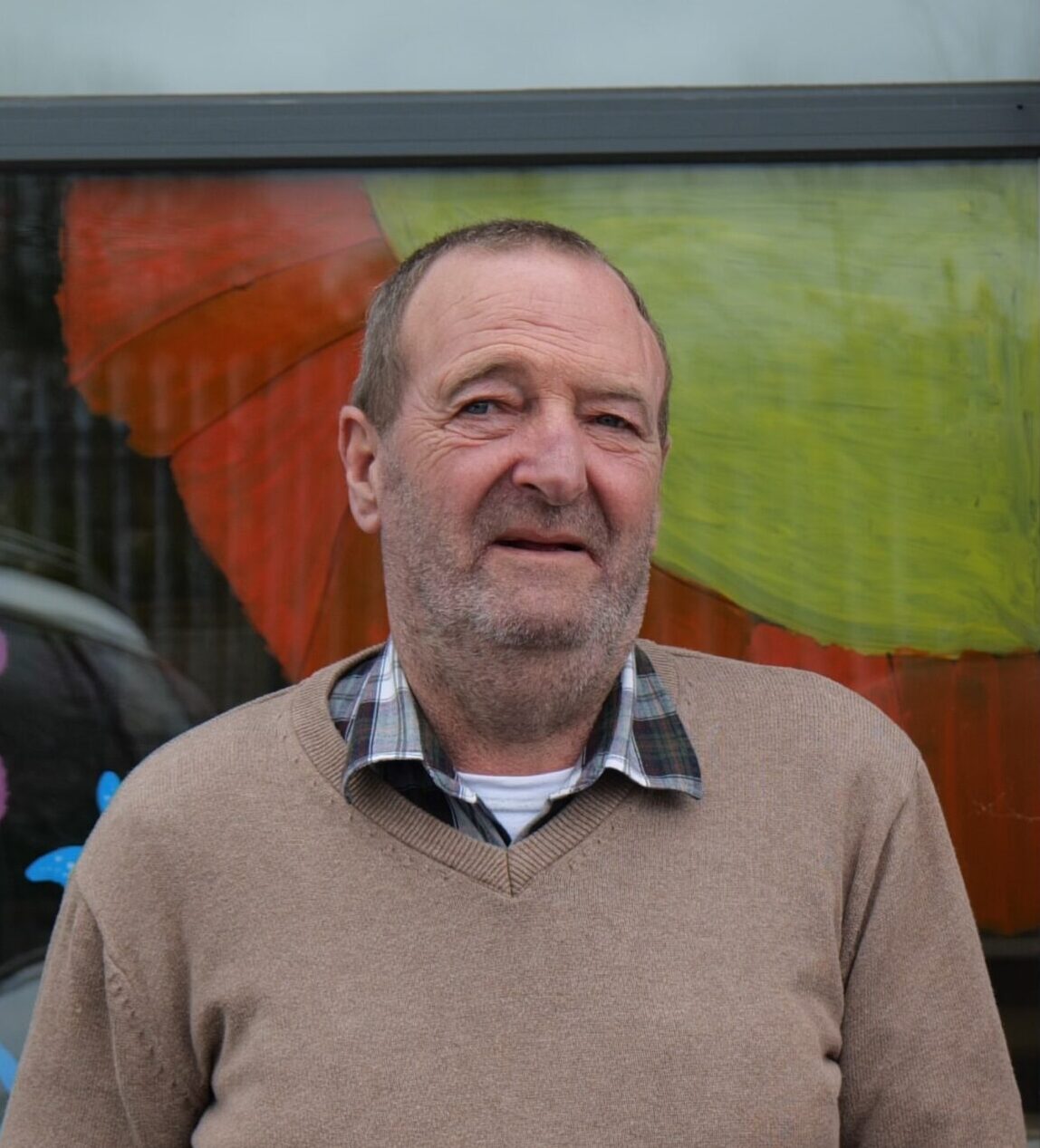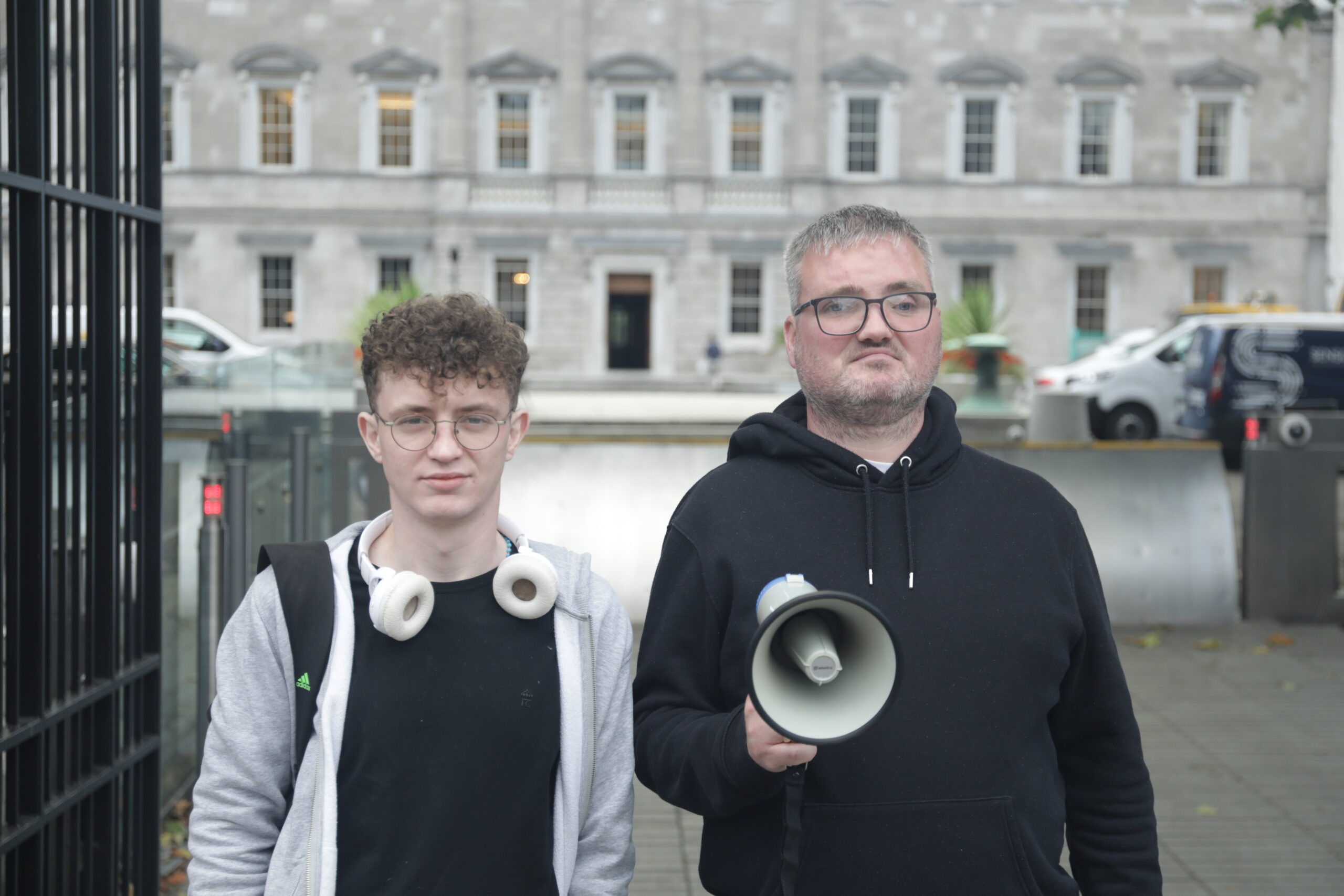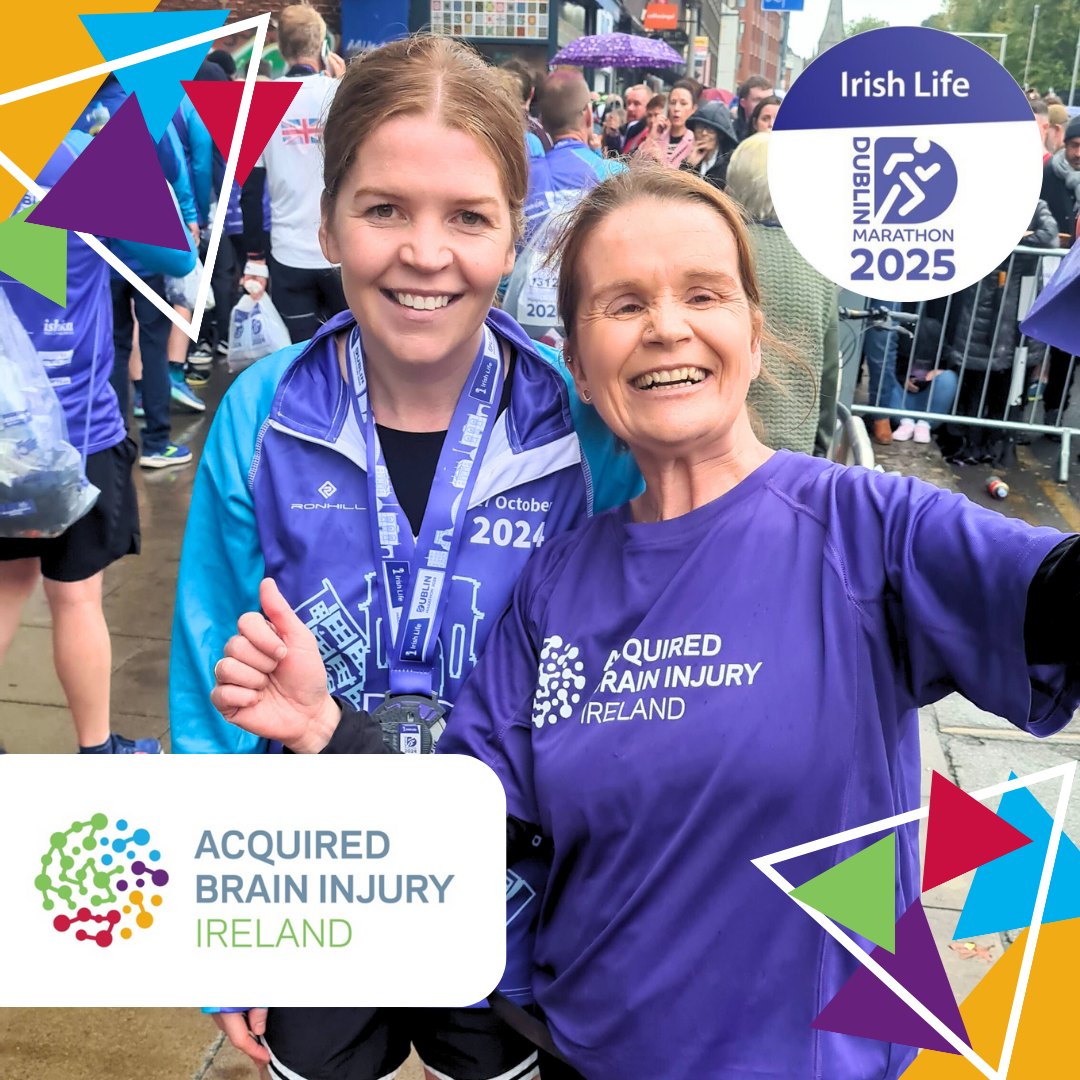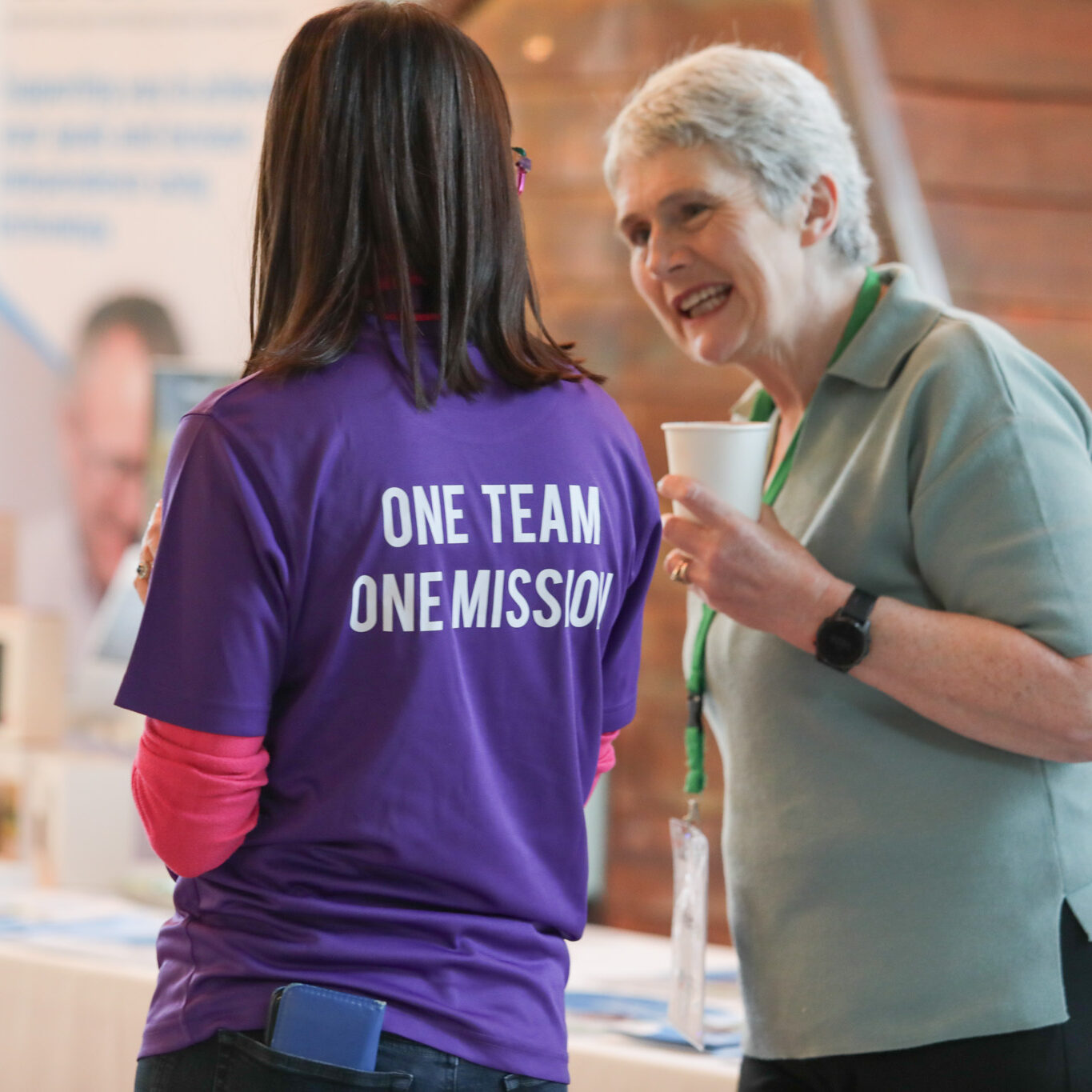What is an acquired brain injury?
An acquired brain injury is any brain injury that occurs, usually with a rapid onset, during a person’s life and after birth. Acquired brain injury commonly results in life-long challenges, including changes to behaviour, emotions and physical function.
The injuries may be traumatic, caused by a sudden blow or jolt to the brain, for example as a result of a fall, assault or road traffic accident. They may also be non-traumatic, brought about because something happens within the body such as a stroke, brain haemorrhage or a viral infection.
Every brain is different, and every brain injury is unique to the person affected.
Causes of Brain Injury
Concussion
Concussion is a very common cause of brain injury and must be taken seriously. A concussion can be caused by a direct blow to the head but can also occur when a person takes a hard knock to another part of the body, resulting in a rapid movement of the head, causing a disturbance of brain function.
Stroke
Stroke is the number one cause of brain injury in our services. In 2021, almost 50% of the people referred to us acquired their injury as the result of a stroke.
A stroke occurs when the blood supply to the brain is interrupted, preventing oxygen flow to the brain. There are two main types of stroke: a blocked artery (ischaemic stroke) is the most common form of stroke in Ireland. A stroke may also be caused by a blood vessel leaking or bursting (haemorrhagic stroke).
Brain Aneurysm
A brain aneurysm is a swelling in the wall of a weakened blood vessel in the brain. This may be caused by smoking, high blood pressure, drug abuse or family history, among other reasons. Aneurysms can grow over time, causing pressure on the surrounding brain tissue. In many cases people have no symptoms. However a ruptured aneurysm causes serious bleeding in the brain and is classified as a brain injury.
Brain Tumour
A brain tumour is an abnormal mass of tissue inside the skull, caused by cells divided at an increased speed. Malignant (or cancerous) tumours can invade and destroy healthy, surrounding brain tissue. Benign tumours grow more slowly but they can put pressure on the brain which may compress and damage healthy tissue. The impacts of a brain tumour depend on its size, location and how much it has spread.
Encephalitis
Encephalitis is an inflammation of the brain, most often caused by infection. While encephalitis can be caused by bacteria or viruses, the root cause often remains unknown. Many people make a good recovery from encephalitis, but it can damage nerve cells in the brain. This can lead to long-term effects such as fatigue, memory problems and changes to behaviour.
Meningitis
Meningitis is a bacterial, viral or fungal infection that can cause inflammation in the meninges – the protective membranes around the brain. While most people with meningitis make a full recovery, bacterial meningitis is more serious and, if left untreated, can result in damage to the brain. The inflammation may lead to hearing or vision loss, memory problems, seizures or problems with balance and coordination.
Hydrocephalus
The brain and spine are surrounded by cerebrospinal fluid (CSF), an essential fluid that cushions the brain, provides nutrients and removes waste. Hydrocephalus is caused by a build up of the fluid inside the skull, which can increase pressure and damage the brain. This usually happens because the flow of CSF is blocked or interrupted, for example as the result of a stroke, haemorrhage or brain tumuor.
Hypoxic/Anoxic Brain Injury
The brain needs a constant supply of oxygen to survive. If the oxygen supply is interrupted – for example as a result of suffocation, choking, cardiac arrest or near drowning – brain functioning is affected immediately. Damage to the brain begins to occur within minutes. This is known as hypoxic or anoxic brain injury.
What is rehabilitation?
“Rehabilitation is a set of interventions designed to optimise functioning and reduce disability in individuals with health conditions in interaction with their environment.”
- World Health Organisation (WHO), 2017
Rehabilitation maximises people’s ability to live, work and learn to their best potential.
What is neuro-rehabilitation?
Neuro-rehabilitation treats and supports people impacted by a neurological injury or disease, including acquired brain injury.
Neuro-rehabilitation aims to increase a person’s ability and improve their quality of life. This happens by looking at how the person has been affected by the injury, and what symptoms may be preventing them from living more independently.
The neuro-rehabilitation process may include work with Psychologists, Occupational Therapists, Physiotherapists, Speech and Language Therapists, Social Workers, and other experts.
At Acquired Brain Injury Ireland, we take a community-based neuro-rehabilitation approach. This means providing a range of supports specific to the needs of each person with a brain injury within their own community, where they feel at home.



 Acquired Brain Injury Ireland calls for €2m in Budget 2026 to fund a national Brain Injury Case Management Service
Acquired Brain Injury Ireland calls for €2m in Budget 2026 to fund a national Brain Injury Case Management Service New book offers lifeline for families affected by acquired brain injury
New book offers lifeline for families affected by acquired brain injury Irish Life Dublin Marathon 2025
Irish Life Dublin Marathon 2025 Woof Walkers 2025
Woof Walkers 2025





